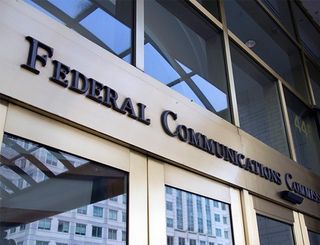ACB Pushes For More Audio Description

The American Council of the Blind (ACB) has told the FCC that according to preliminary findings of a new study it is conducting, only 2% of respondents say they are getting enough audio-described programming from their broadcast and cable provider, while 47.7% strongly disagreed with the suggestion that they were.
ACB said the data showed "a clear and concise demand from consumers for more described programming, adding that 92% of respondents said they have relied on audio-described programming sometime in the past, though currently active users versus inactive users is about a 50/50 split.
That came in comments filed at the FCC on its Notice of Proposed Rulemaking (NPRM), approved last March, to boost the amount of that programming and the number of networks required to provide it.
It is the FCC's latest step in implementing the 21st Century Communications and Video Accessibility Act (CVAA), something FCC chairman Tom Wheeler has made a priority in his efforts to promote universal communications access, in this case blind and sight-impaired viewers to the most popular video programming.
ACB also pointed to the disparity between captioned programming for the deaf--which is nearly ubiquitous--and audio descriptions for the blind (currently 50 hours per calendar quarter, with the FCC trying to expand it to 87.5 hours), calling it an "injustice when captioning can exceed such a wide breadth of coverage across broadcast channels,while the blindness community is relegated to a handful of hours each week during prime time."
At its annual convention, ACB adopted a resolution "echoing the direction" the FCC is taking in its NPRM.
The National Cable & Telecommunications Association has told the FCC that, per statute, it can't increase the number of networks required to provide video described programming for the blind and sight-impaired, can't apply the requirement to a top five network--or top 10 if another proposed FCC change is approved--after it has fallen out of that ranking (the so-called "no backsliding" provision), and should not apply it to video on demand--some MVPDs may not have the ability to pass through a secondary audio stream, for example.
Multichannel Newsletter
The smarter way to stay on top of the multichannel video marketplace. Sign up below.
Contributing editor John Eggerton has been an editor and/or writer on media regulation, legislation and policy for over four decades, including covering the FCC, FTC, Congress, the major media trade associations, and the federal courts. In addition to Multichannel News and Broadcasting + Cable, his work has appeared in Radio World, TV Technology, TV Fax, This Week in Consumer Electronics, Variety and the Encyclopedia Britannica.










